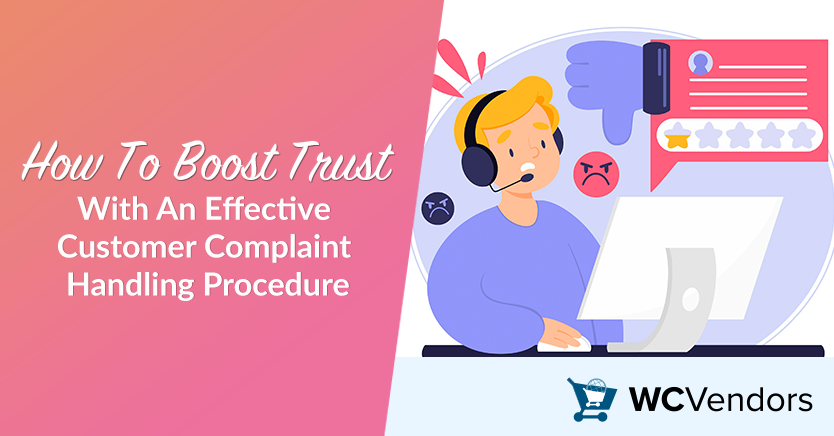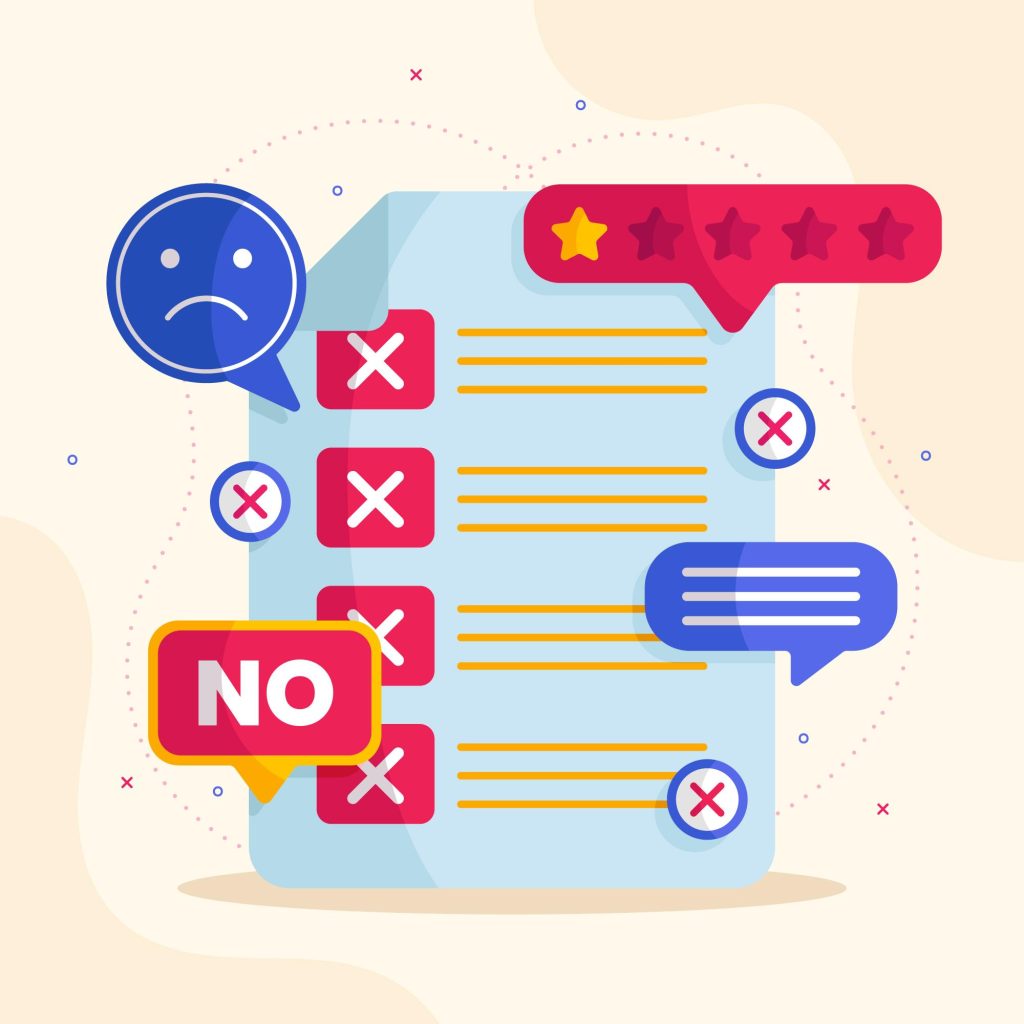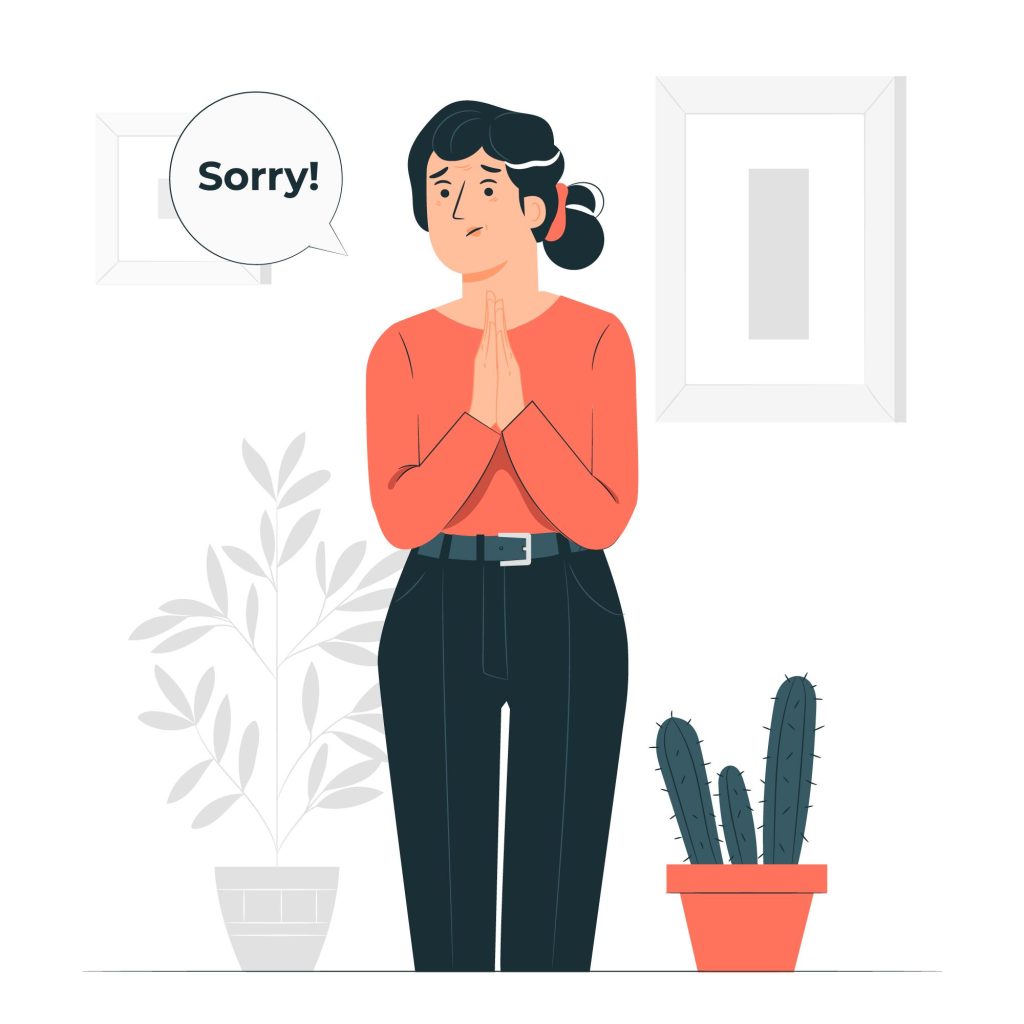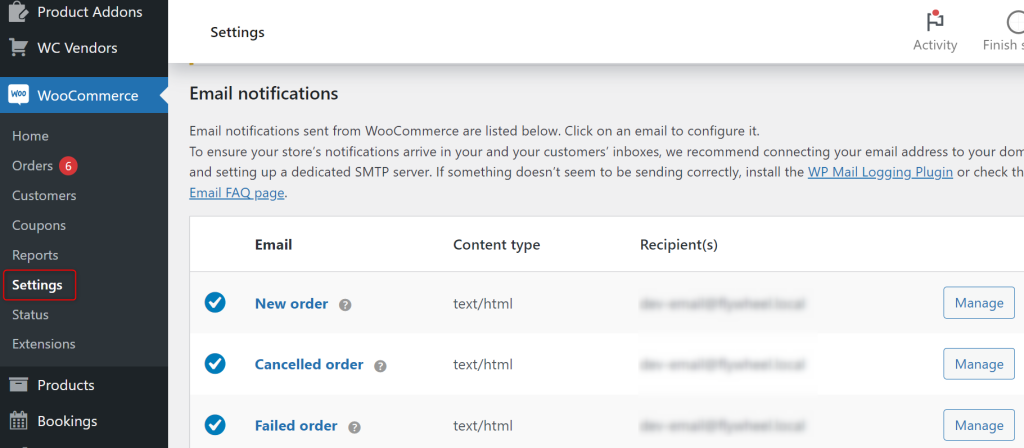
Most marketplace owners know how important it is to attract vendors and customers. The problem isn’t attracting them—it’s keeping them happy. Without a clear customer complaint handling procedure, even small issues can grow into bigger problems.
Running a multivendor marketplace is rewarding but challenging. Complaints about product quality, late deliveries, or unclear communication are common. How you handle these complaints can define the success of your platform.
In this article, we’ll explain what customer complaints mean for your marketplace. We’ll also guide you through a step-by-step process to resolve them effectively.
So, let’s get started!
What Are Customer Complaints In A Multivendor Marketplace?
Customer complaints are feedback from users who feel their expectations haven’t been met. In a multivendor marketplace, complaints can stem from issues like:
- Late shipments or incomplete deliveries
- Product quality mismatches
- Poor vendor communication
Complaints may seem like a problem, but they’re actually an opportunity. They give you a chance to build trust and improve your marketplace. A solid customer complaint handling procedure can turn unhappy customers into loyal ones. It also shows vendors that you care about maintaining quality across your platform.
The Importance Of A Clear Customer Complaint Handling Procedure
In multivendor marketplaces, complaints can involve several parties. These include vendors, customers, and even third-party services like payment gateways. This adds layers of complexity.
That’s why having a clear and effective complaint handling procedure is crucial. It keeps things organized and ensures everyone gets the support they need.
A structured complaint-handling process helps you:
- Address customer concerns promptly.
- Maintain transparency between all parties.
- Track recurring issues to improve your platform.
A 5-Step Customer Complaint Handling Procedure
Here’s a detailed guide to handling complaints in your multivendor marketplace:
1. Listen to the complaint and gather all facts

The first step is to understand the problem fully. Ask customers to share all important details. This includes order numbers, product descriptions, and screenshots. Use emails to keep communication smooth between customers and vendors. This ensures everyone stays informed and issues get resolved faster.
Example: A customer reports receiving the wrong product. They email the vendor with details like the order number and a photo of the item received. The vendor responds promptly, and you monitor the exchange to ensure the issue is resolved.
2. Identify the type of customer you’re dealing with
Customers have different expectations and communication styles. Some might demand immediate resolution, while others may simply need clarification or reassurance. Identifying the type of customer helps you choose the best approach to handle their complaint effectively.

An urgent customer reporting a missed delivery deadline might require a quick resolution. They might appreciate immediate communication to explain the situation and provide next steps. On the other hand, a confused customer who didn’t understand the vendor’s return policy may just need a clear explanation to resolve their concern.
Use the WC Vendors dashboard to monitor customer interactions. Look for patterns in feedback or repeated issues with certain vendors or products. This information helps you spot trends and prepare for common complaints.
Example: A vendor receives a complaint about product quality. The customer’s tone indicates frustration and urgency. You can prioritize this complaint and take quick action. Use email or phone to communicate directly with the customer and vendor. Mediate the issue to arrange a replacement or refund. The result? A happy customer and a vendor who feels supported.
3. Respond quickly and keep communication clear
Timeliness is critical. Customers expect prompt acknowledgment of their complaints, even if the resolution takes time. Automated Emails in WC Vendors Pro can help you acknowledge issues immediately while giving customers an expected timeline for resolution.
Example: A vendor delays shipping due to inventory issues. Send an automated email to the customer with an estimated delivery time and inform the vendor to update their stock.
4. Offer a solution and verify its effectiveness
Propose a clear solution to address the complaint and satisfy the customer. The resolution could be a refund, a replacement product, or even a discount for future purchases.

You can use Advanced Coupons to create targeted and flexible discounts. It lets you quickly generate personalized codes to compensate customers. With features like scheduled discounts and automatic coupon application, it makes offering solutions simple and professional.
Example: If a customer receives damaged goods, offer a replacement and a 10% discount for their next purchase. Send the coupon directly through the WC Vendors dashboard.
5. Log complaints and track trends

Tracking complaints is essential for improving your marketplace and addressing recurring issues. Use WC Vendors’ reporting tools to log complaints based on type, vendor, or product category. This data provides valuable insights into common problems and helps you take action before they affect more customers.
Example: If a vendor often gets complaints about late deliveries, review their shipping process. Check what might be causing the delays. Check if their courier service is reliable or if their dispatch times need improvement. Suggest using a faster courier or updating delivery timelines to be more accurate.
Fixing the root cause helps prevent future complaints. It also shows the vendor you care about their success. This builds trust and improves their performance, benefiting your entire marketplace.
Tips For Handling Negativity
Handling complaints requires professionalism and empathy. Negative feedback can be challenging, but it’s an opportunity to improve and build trust. Train your team and vendors to:
1. Stay calm when addressing negative feedback

Encourage everyone to remain composed. Reacting defensively can escalate the situation. Take a deep breath and approach the complaint with a clear mind.
2. Listen actively and show empathy
Allow the customer to express their concerns fully. Listen without interrupting. Show that you understand their feelings by acknowledging their frustration or disappointment.
Example: “I understand that this situation is frustrating for you, and I’m here to help resolve it.”
3. Focus on resolving the issue rather than assigning blame
The goal is to fix the problem, not to find fault. Work collaboratively to find a solution that satisfies the customer.
Example: “Let’s work together to find a way to make this right for you.”
4. Keep communication polite and concise
Use friendly and clear language. Avoid technical jargon that might confuse the customer. Be straightforward about what steps you will take to address their concern.
5. Apologize sincerely when appropriate

A genuine apology can go a long way in diffusing tension. If a mistake was made, acknowledge it and express regret.
Example: “I’m sorry for the inconvenience this has caused you.”
Conclusion
A clear customer complaint handling procedure builds trust and keeps your marketplace running smoothly. Resolving complaints quickly makes customers happy and strengthens vendor relationships. It also boosts the reliability of your platform, creating a better experience for everyone.
To ensure your marketplace thrives, here’s what you need to remember:
- Understand Customer Complaints
- The Importance of a Clear Procedure
- A 5-Step Customer Complaint Handling Procedure
- Tips for Handling Negativity
By focusing on these areas, you can create a marketplace that vendors and customers trust. Addressing complaints effectively not only resolves issues but also enhances the overall experience on your platform.
Ready to take your marketplace to the next level? Start implementing these strategies today and build a multivendor marketplace that stands out!

